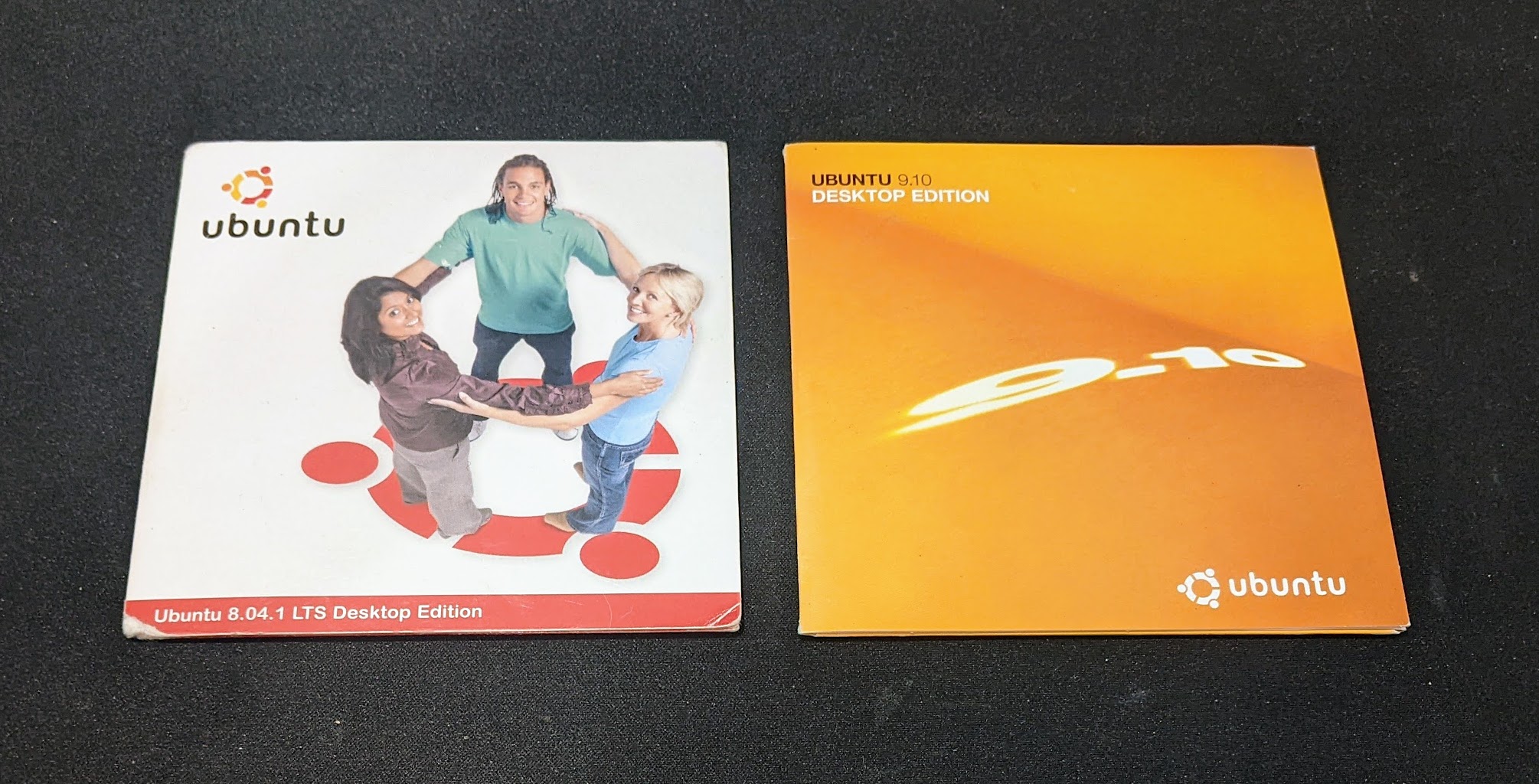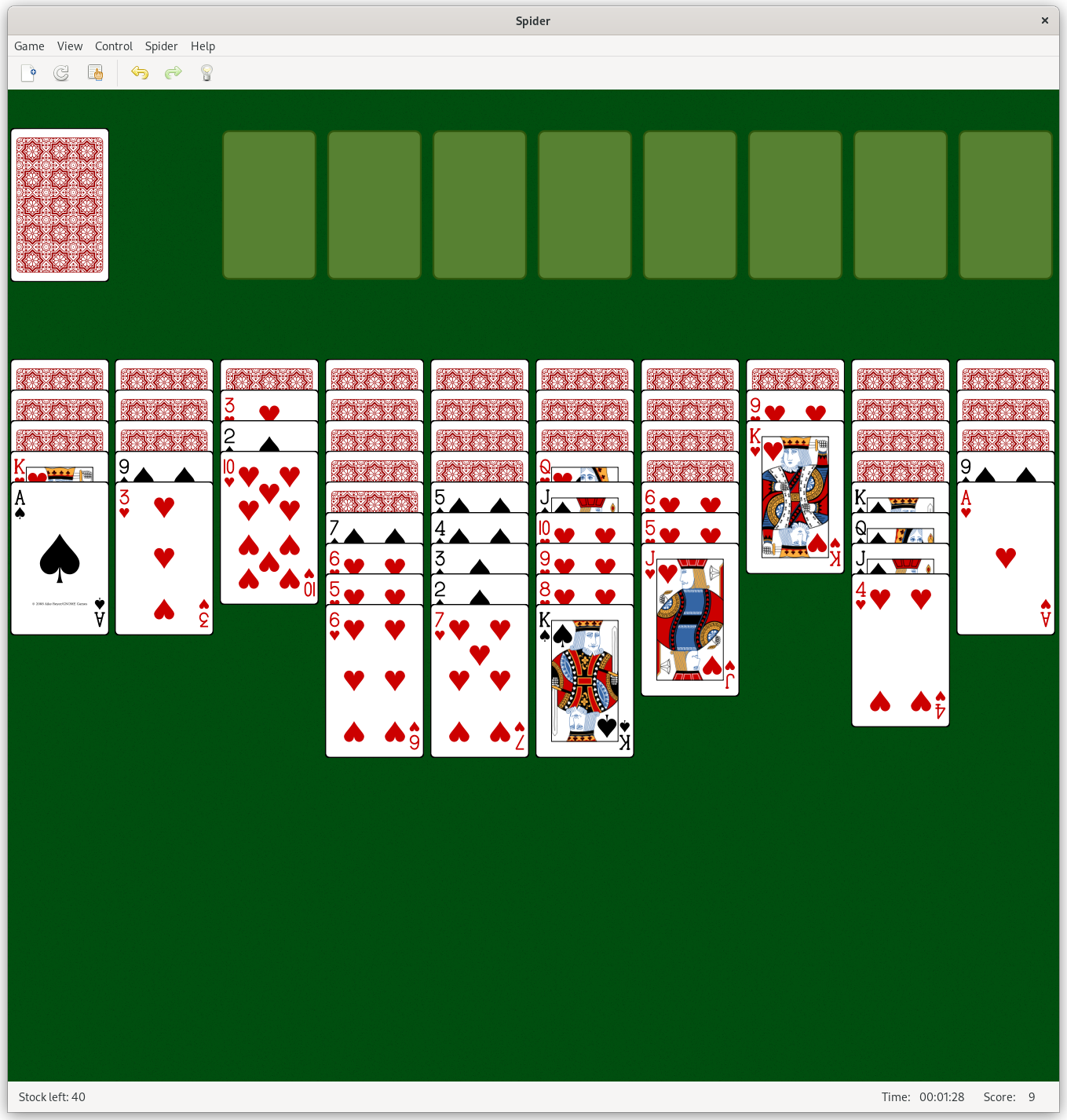Did you know Canonical used to send Ubuntu CDs to anyone who asked, completely for free?
And I’ve ordered a few. Here’s the story of how free CDs shaped who I am.

Background
I was about 13 years old, in grade 7, when I became curious about “Linux”, which I had heard a bit about before, as an alternative operating system to Windows, what I had nearly exclusive experience with. At the time, I liked to mess around with my computer, trying out tweaks and Windows registry hacks, exploring system directories, and trying to customize absolutely everything about it that I could. It didn’t feel like that much of a leap to just install and try out a completely different operating system.
That led me to a problem: I didn’t know how to “get Linux.” Doing some research online, I learned about Ubuntu, the most popular OS that used the Linux kernel, and that seemed like a good place to start.
Next problem: internet access at home was pretty bad at the time, so downloading a CD-sized image wasn’t really doable. Luckily for me, it was possible to order a free Ubuntu install CD from Canonical directly.
It all starts with Hardy Heron
A few weeks later, I received in the mail a CD of Ubuntu 8.04, codenamed Hardy Heron, alongside a few Ubuntu logo stickers.
This is how it all started. I inserted the CD into my computer, booted into the Live CD session after enough time loading, and met Ubuntu for the first time, along with its default wallpaper for 8.04. I think it’s the coolest default wallpaper ever shipped with an operating system.
 It’s one of the most memorable wallpapers of its decade, alongside Windows XP’s Bliss.
It’s one of the most memorable wallpapers of its decade, alongside Windows XP’s Bliss.
I spent a lot of time messing around with this version of Ubuntu. It, GIMP, and Inkscape were some of my first in-depth experiences with free, open-source software. I played so much AisleRiot Solitaire. It has so many different solitaire games! And I could easily get more software straight from the OS providers. Package managers seemed like a really cool idea to me, which was way better than hunting down and running installer programs in Windows-land.
 I still install Aisleriot Solitaire! Here it is on my Fedora 35 system.
I still install Aisleriot Solitaire! Here it is on my Fedora 35 system.
Another aspect of the Ubuntu desktop experience that wowed me was the customizability compared to Windows. Being able to visit gnome-look.org to get icon themes and window themes that fit my tastes was so cool. I would also spend hours fiddling in the Compiz compositing settings to set up flashy animation effects. I was definitely chasing after the feel of those ancient, cheesy “Can your Windows PC do this?” YouTube videos that showed off cool compositor effects. Wobbly Windows truly is the pinnacle of user experience design.
Going steady
After those weeks of playing around with my Ubuntu CD, I realized how much I enjoyed the experience and how capable this installation was for almost anything I wanted to do. For that reason, I committed to dual-booting between Windows and Ubuntu.
Over the years since I tried Ubuntu for the first time, I increasingly booted my computer to Ubuntu, not Windows. I ordered further CDs, for Ubuntu 9.10 and 10.04.
Eventually, Canonical’s free CD shipping service came to an end during Ubuntu 11.04. However, at this point, I had already become firmly entrenched in the world of desktop GNU/Linux operating systems. I would go to high school and meet friends who were also into this.
Up to today
Wanting to branch out after several years of using Ubuntu exclusively, I eventually started experimenting with other operating systems. Mint, Fedora, elementary, Arch… The experience of distro-hopping brought back memories of discovering Ubuntu for the first time on a free CD.
I eventually settled on Fedora because it has a reasonable default out-of-the-box setup and it shipped up-to-date packages that were close to upstream. That’s handy for development. And ever since I built myself a desktop PC in 2019, I’ve not bothered with dual-booting anymore. It’s just Fedora on this SSD!
I hardly spend any time customizing my desktop now. Default theme, default fonts, pretty much everything default (Not that modern GNOME desktops have much to customize, anyway). The out-of-the-box experience is a lot better in recent years than when I first started with GNU/Linux operating systems, so there’s just less to do after a fresh install. I’m very glad I don’t have to install text antialiasing and mp3 support separately now!
Cheers to free CDs. They’re what got me to where I am now.